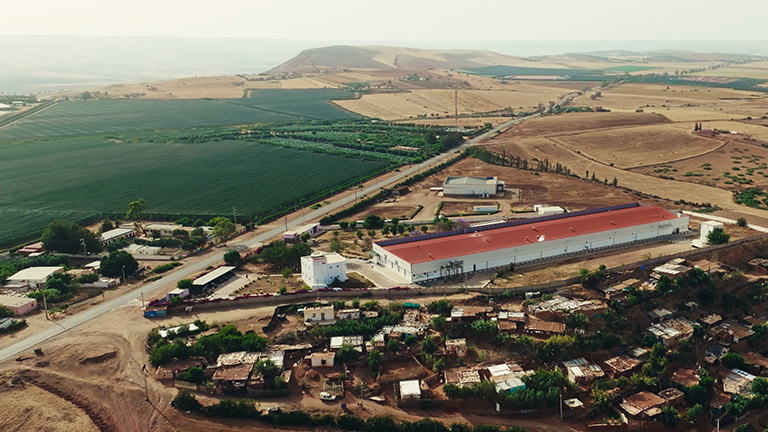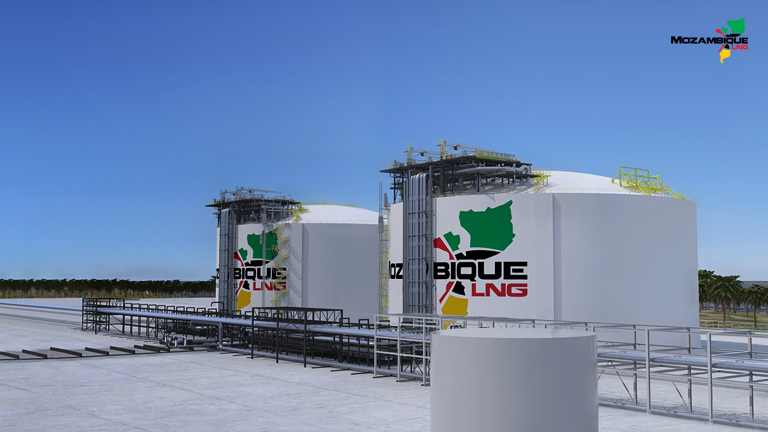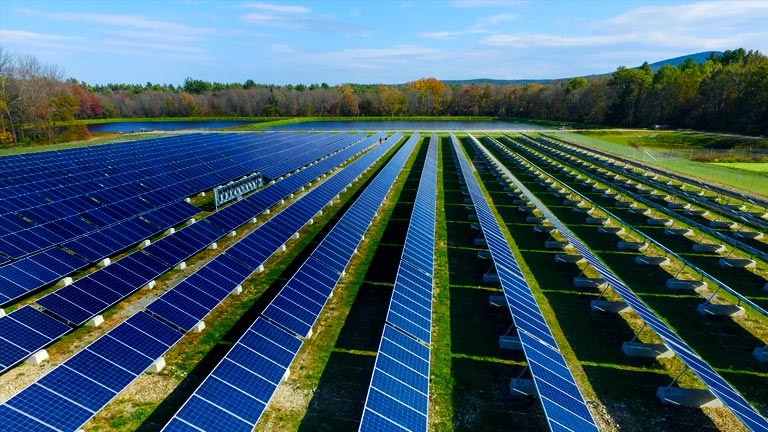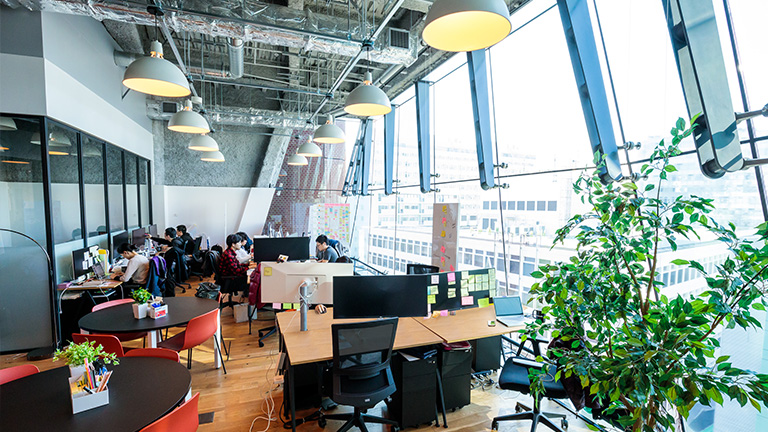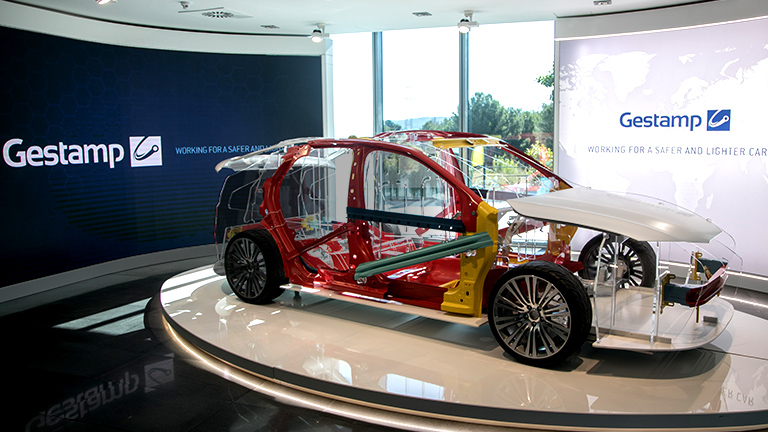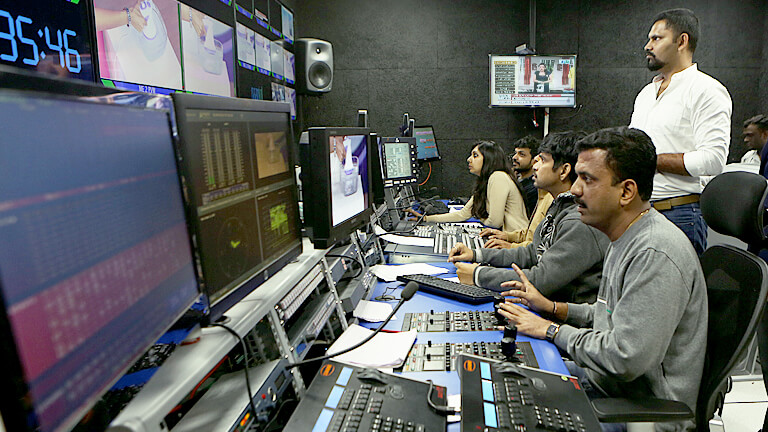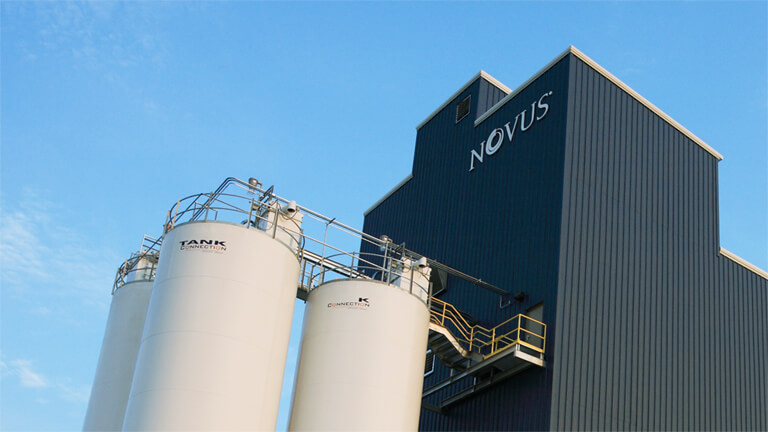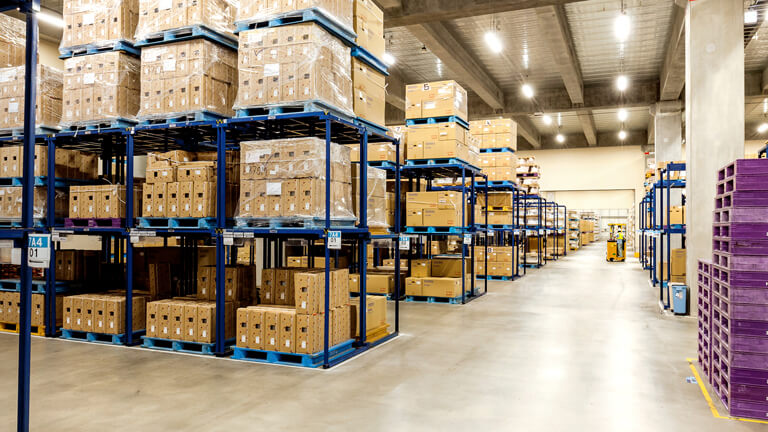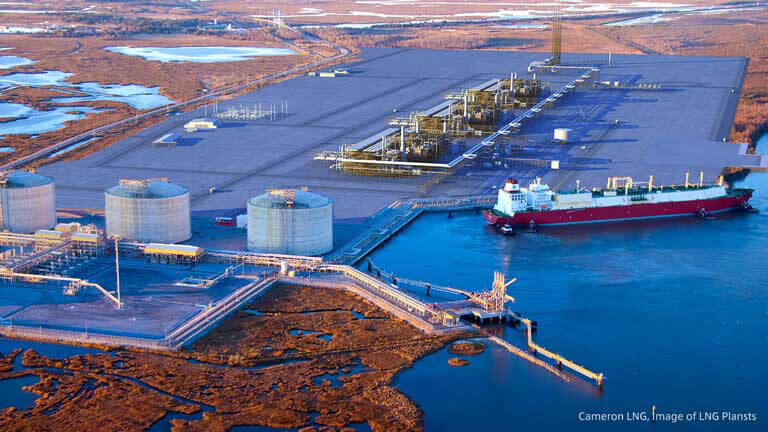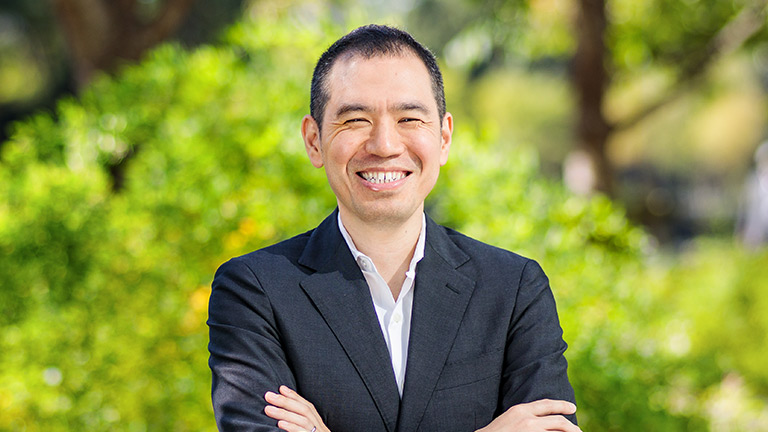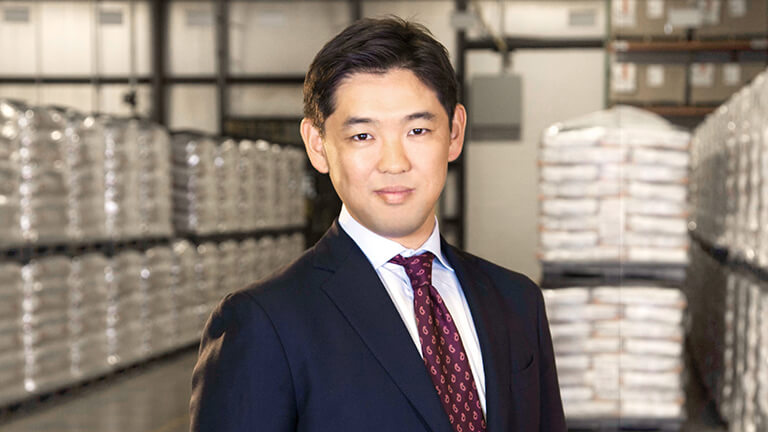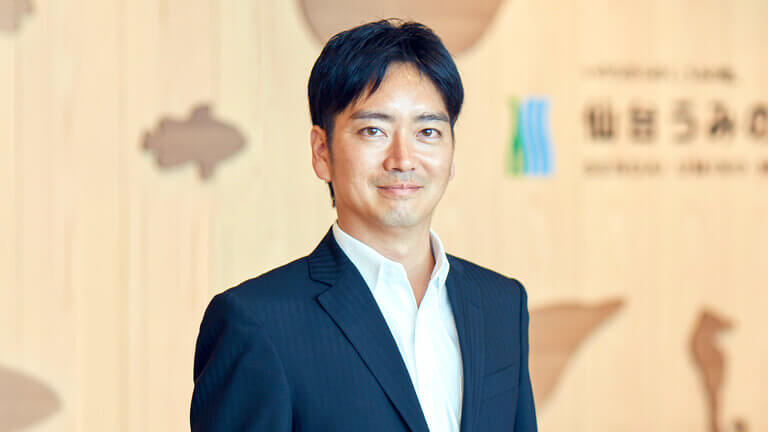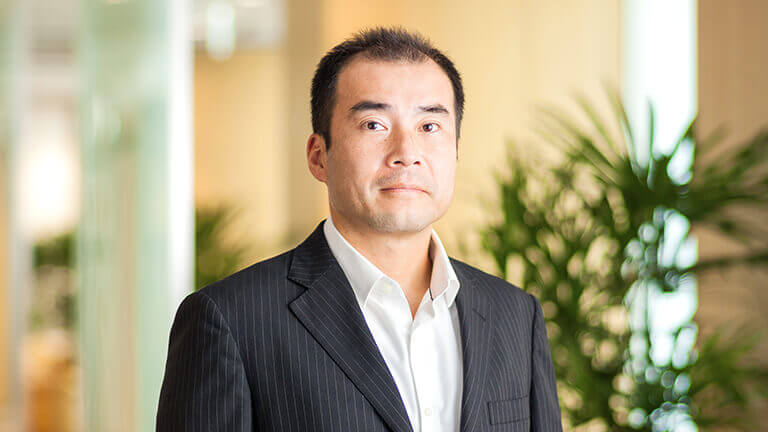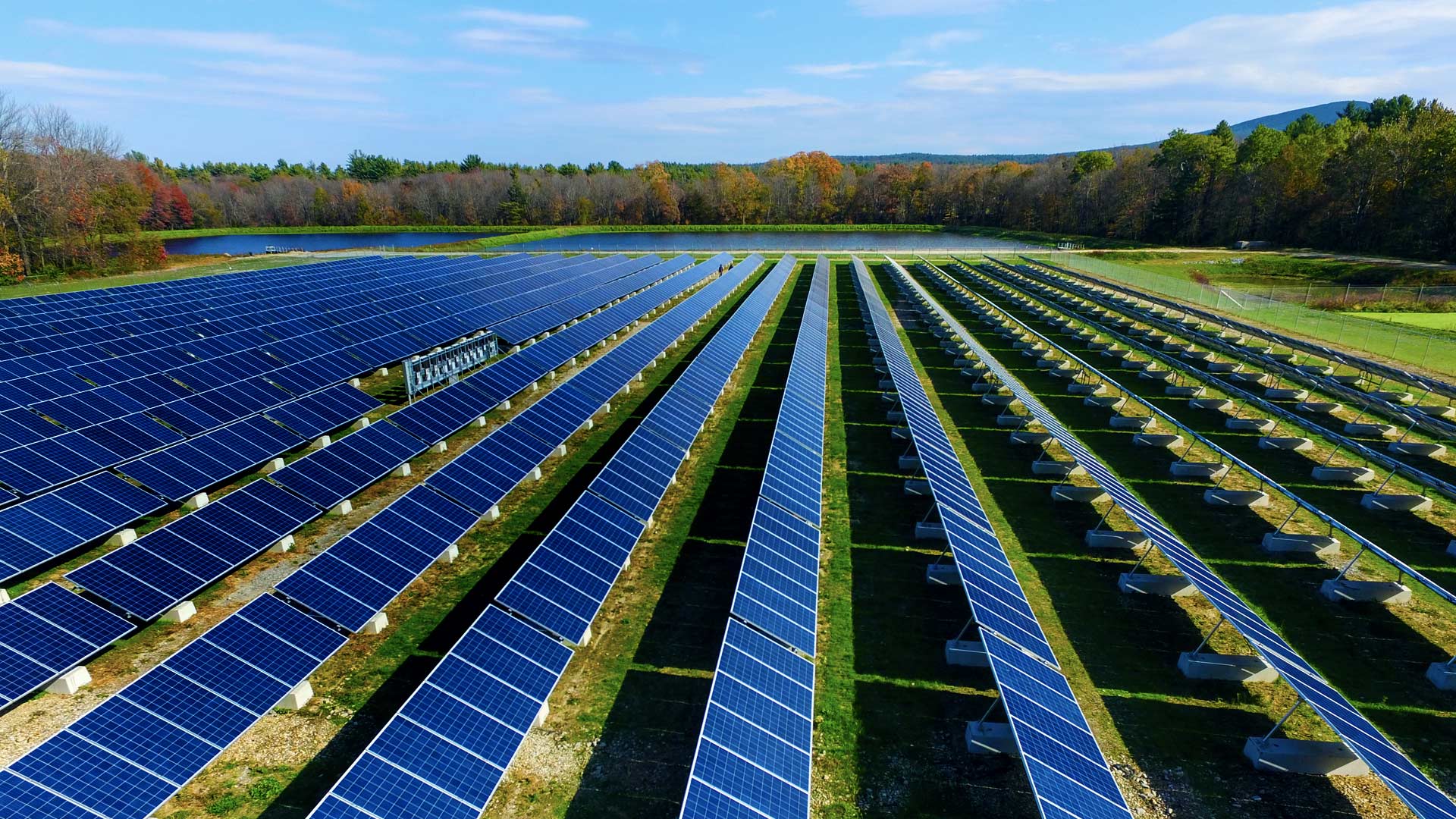
Business Innovation
At the forefront of the energy transition:
Bringing solar to the local level
California-based Mitsui affiliate ForeFront Power provides small-scale cost-efficient, renewable energy solutions to businesses, public agencies and individuals in the United States.
In the United States, trends often originate on the West Coast before working their way east, hence the saying “as California goes, so goes the nation.” Some of those trends may simply be about enjoyment—think skateboarding or spinning—but others are much more serious. The environmental movement, widely thought to have originated in 1969 when the state’s shoreline was polluted by an oil spill from an offshore drilling platform, belongs firmly in the latter category.
Fifty years later and California still stands in the environmental vanguard. Famously, its automobile emissions standards are stricter than those mandated at the federal level. The state is also setting itself stretch goals for clean energy. Among the 29 American states with Renewable Portfolio Standards (RPS)—numerical targets for the percentage of retail electricity to be supplied from renewable energy sources—California’s are the most ambitious at 60 percent by 2030 and 100 percent by 2045.
Mitsui Moves to California
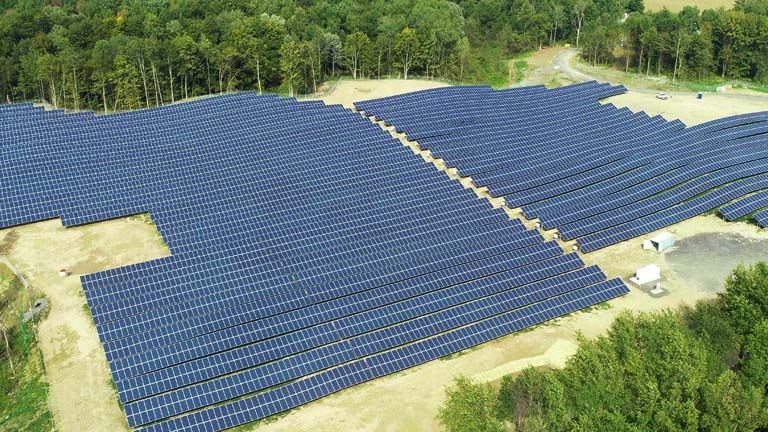
Through the 2017 purchase of the San Francisco-based commercial and industrial (C&I) division of SunEdison, Mitsui got the chance to establish a foothold in the global epicenter of the renewable energy industry. At one time the world’s largest renewable energy developer, SunEdison was broken up after falling into difficulties in 2016 as the result of over-expansion. The C&I division, which was reborn as ForeFront Power in January 2017, currently has around 60 employees, with a Co-CEO and several other staff on secondment from Mitsui.
Mitsui already owns approximately 10 gigawatts of worldwide power-generation assets, from gas-fired plants in Mexico to solar and wind farms in Japan. In recent years, the company became aware of two key trends: one, a shift from fossil fuels to renewable energy, and two, a shift from centralized to decentralized or distributed power generation, where electricity is generated in smaller-scale plants closer to the point of consumption.
The distributed model offers several advantages. These include greater resilience to natural disasters (like hurricanes which can bring down power lines), and greater flexibility and freedom of choice for customers. Solar power is no exception to the trend: the small-scale solar projects which are ForeFront Power’s specialty are playing an ever more important role.
Commercial. Industrial. Governmental.
When Mitsui launched ForeFront Power, the company’s main business was developing onsite energy solutions for businesses. That means installing solar panels on factory or warehouse roofs, on unused open space, or on parking-lot canopies to generate a proportion of a company’s onsite energy needs.
Public sector bodies, particularly schools and colleges, are also major customers of such onsite solutions and the company has completed multiple projects in this sector in California, with more under construction and in the planning stage.
Since teaming up with Mitsui, ForeFront Power has also entered an entirely new market: community solar projects serving multiple residential customers. How does community solar work? Traditionally, individuals who wanted access to solar power had to install solar panels on their own roofs. Sometimes, however, issues like poor southern exposure or planning restrictions could make this difficult. Community solar solutions get around such problems by generating the energy offsite.
ForeFront Power leases a piece of ground roughly the size of a ballpark in the same county or utility zone, and a power-grid interconnection. It then arranges for the construction of a small solar array typically capable of generating 3 megawatts of power, enough for the needs of 500 households. Subscriptions to the power generated are sold through specialist online marketing companies. Customers can purchase up to 100 percent renewable energy from a local project while also saving on electricity costs. (A rapid decline in the cost of solar panels coupled with federal and state incentives mean that solar energy can be cheaper than the fossil-fuel alternatives.)
The local legislative context is what determines where ForeFront Power concentrates its community solar projects. In 2018, for example, the company completed eight 3 megawatt projects in New York, a state with an ambitious RPS target (50 percent by 2030), a framework supportive of community solar and a commitment to 100% carbon-free electricity by 2040. In parallel, the company is also actively developing solar-project sites in states which are soon to introduce similar frameworks. As more states put such programs in place, demand in the inland states should start to grow rapidly.
Profit, meanwhile, is generated in two ways: first in the form of revenues from the electricity generated, and second—and more significantly— from selling on the solar projects to financial investors. Financial institutions and pension funds are enthusiastic about investing in solar energy projects because they combine the tangible benefits of solid, long-term cash flow and yields with intangible ESG (environment, social and governance) reputational benefits.
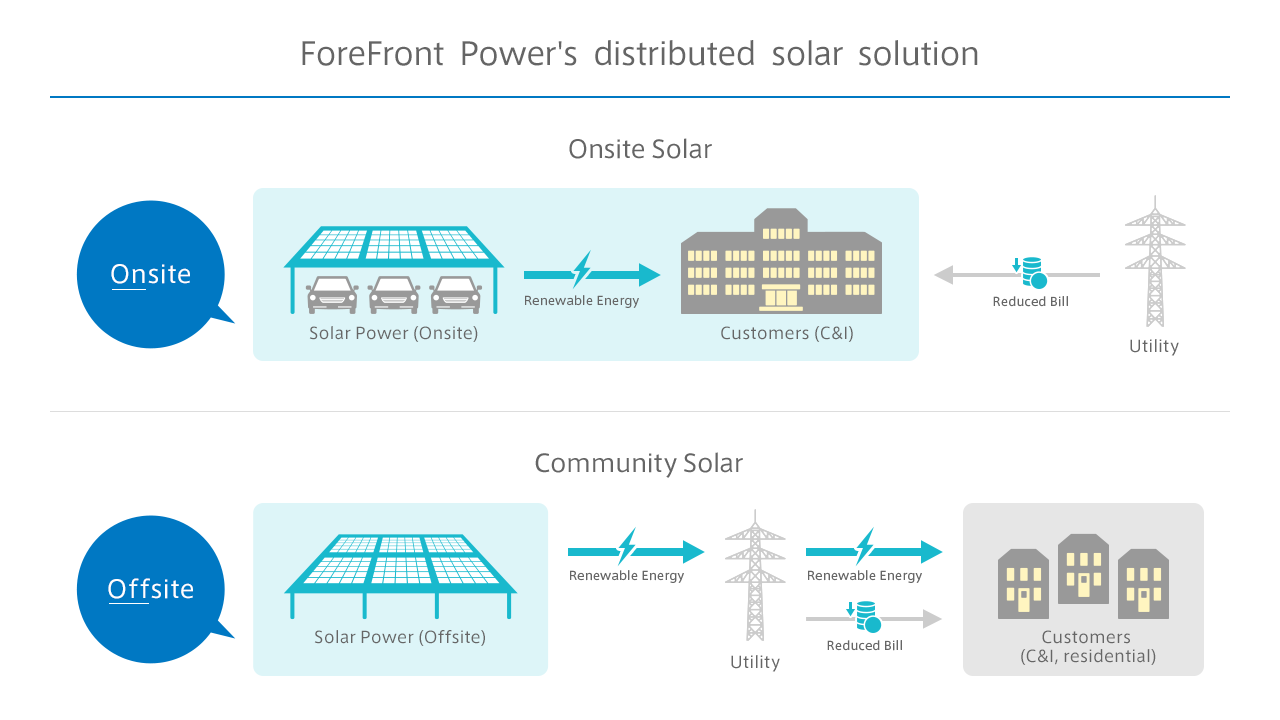
New technologies. New opportunities
Including the period when it was a division of SunEdison, ForeFront Power has already built 1,000 solar projects with 800 megawatts of generation capacity in 23 states, dramatically reducing CO2 emissions. Mitsui is now leveraging its extensive business network to supercharge growth even further. Mitsui, for example, is an investor in the Silicon Valley-based startup Stem Inc., a provider of intelligent-energy storage solutions. ForeFront Power can now offer services to customers that combine its solar energy with Stem’s storage systems to achieve significant cost savings. Mitsui is also approaching its major global clients, ranging from Japanese manufacturers to American online retailers, about adopting onsite solar solutions.
ForeFront Power was among the highest-ranking solar developers in the United States in 2018. Working hand in hand with Mitsui, the company is aiming to radically increase its annual installed megawatts to challenge its competitors and reach the very top of the league table. Solar energy generation and smart storage solutions represent one California-based trend that Mitsui is keen to help take nationwide—even global.
Posted in August 2019

